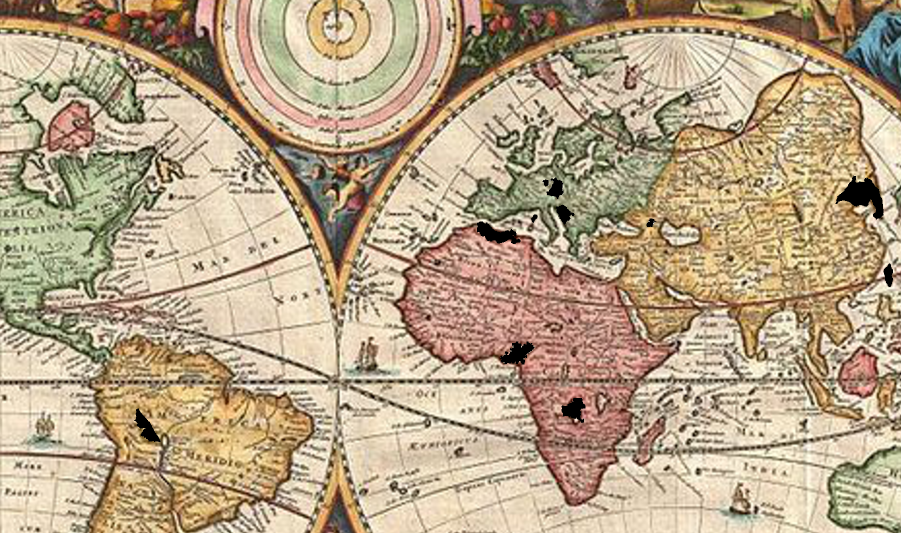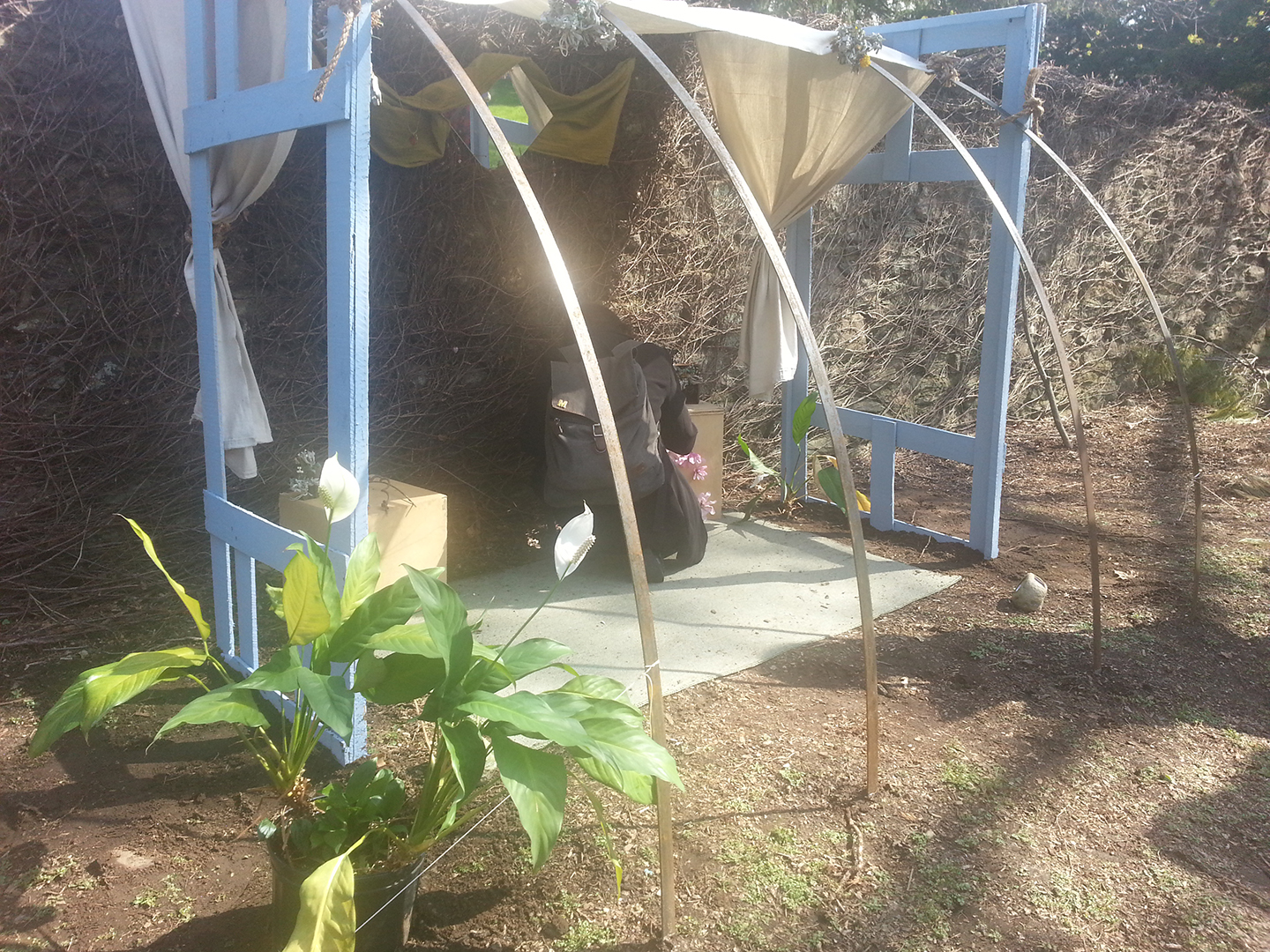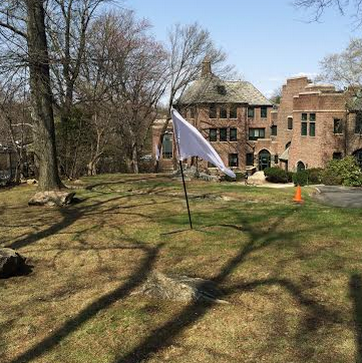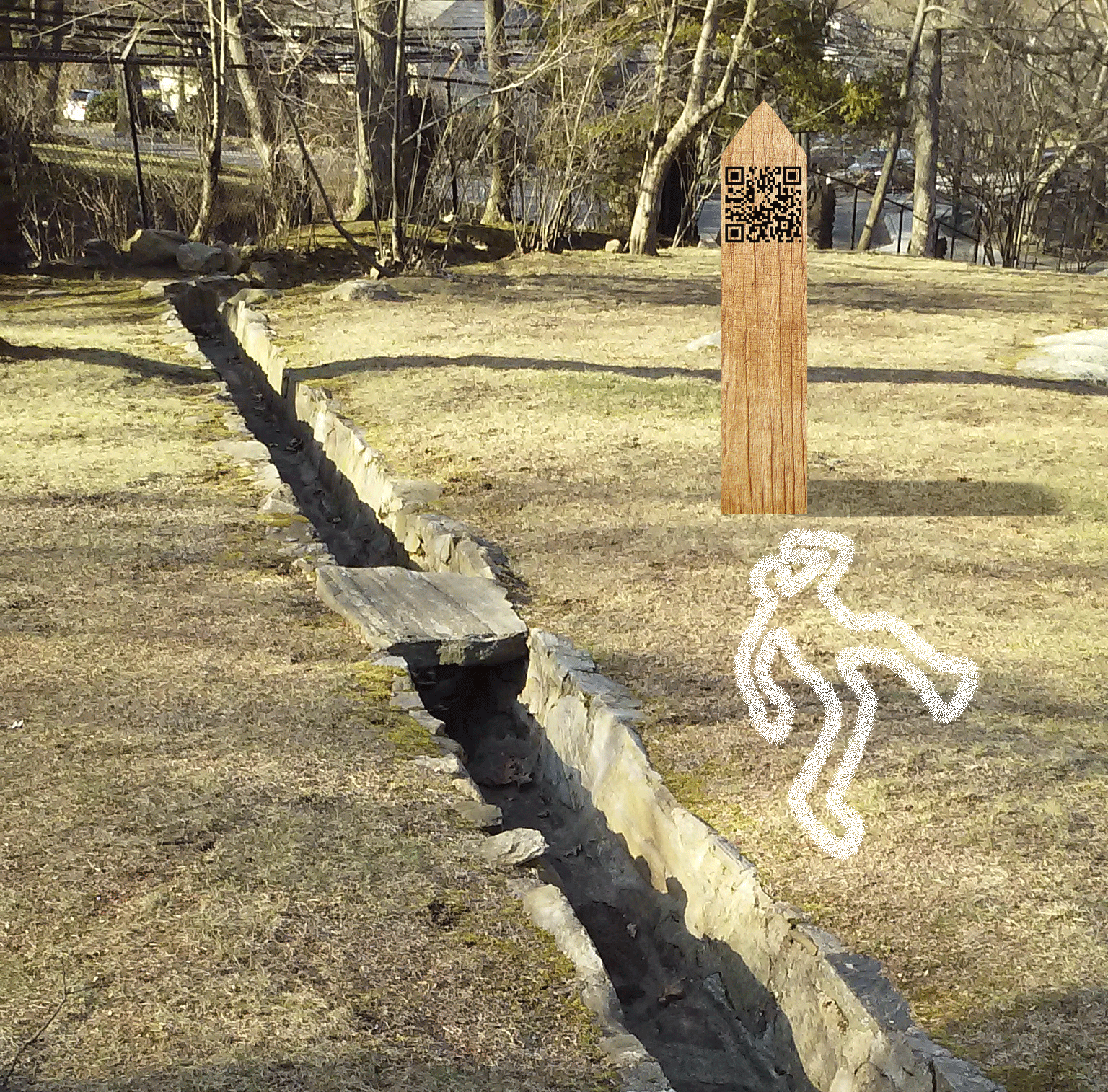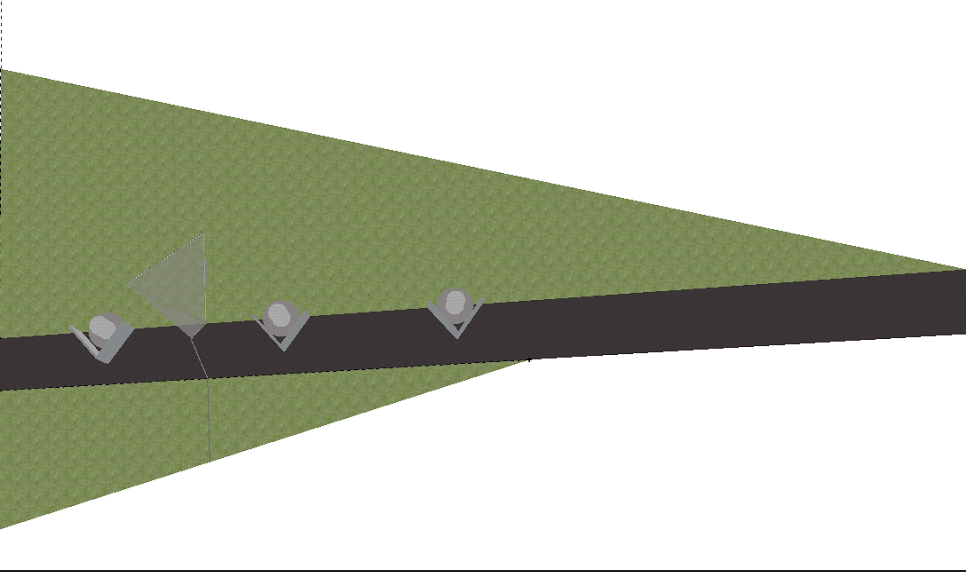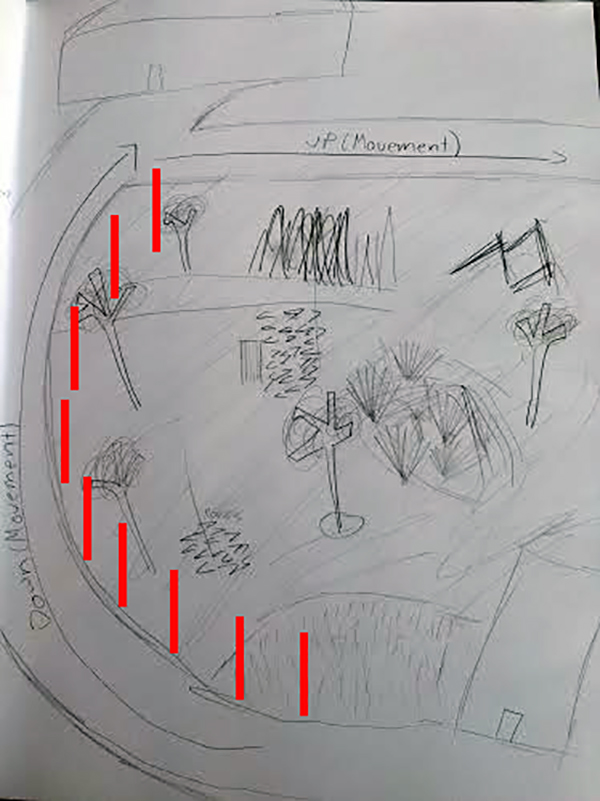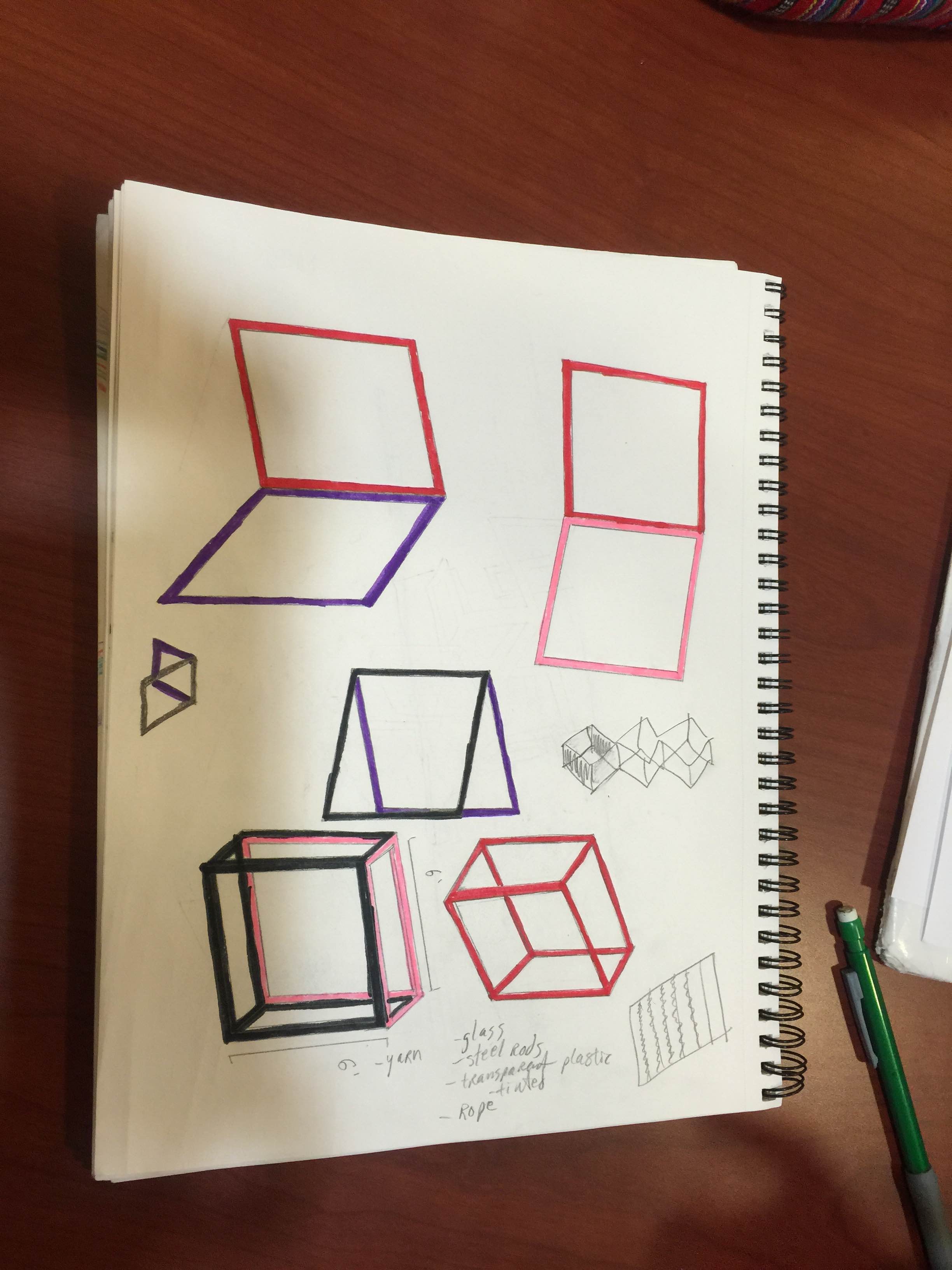Categories
Mapping the Invisible
Mapping the Invisible: Conference Project Draft #1 — Manderley Map
My map shows the way in which the narrator emotionally views the space in which she’s inhabiting; it challenges the question of presence- demanding that one consider the elements that combine in order to create someone’s presence: are they solely…
Mapping the Invisible: Conference Project Draft #1 — Campus Graffiti
Here’s a very early outline of what I have planned for my conference work. I have noticed that many people use public wall space as a canvas for expressing themselves around campus. People are compelled to speak their mind, and as a result there…
Mapping the Invisible: Conference Project Draft #1 — Lost Countries
(This is a close up, the full image does not adequately convey what I have done so far) I was inspired for my conference project by a plot element from G. Willow Wilson’s comic Air. The country of her story never…
Mapping the Invisible: Historians — Post-Mortem
Our goal as historians was to create a space which invited people to not only experience the new space it established and re-evaluate that which it was built within, but to share and contribute to it as well. It was through…
Mapping the Invisible: Conference Project Draft #1 — Map of Ordinary Affects
I began thinking about my conference project inspired by a couple of different psychogeographic and map inspired projects. I found the idea of ‘mental travel’ that Merlin Coverley wrote about in Psychogeography incredibly compelling, and I identified it with a…
Mapping the Invisible: Revolutionaries — Post Mortem
The revolution was controversial. ‘Twas only natural. 3/4 of the revolutionaries worked on a very cool thing that we set out to create on day 1 of the assignment. A flag. We ended up creating 3 flags, hovering over…
Mapping the Invisible: Surrealists — Post Mortem
We have visualised the methods of our ‘identity’ in three ways: firstly we drew attention to the most surreal thing in the space – the emergency pole; secondly we used the nature of a line to break up depth, distance…
Mapping the Invisible: Flaneur — Post-Mortem
Our group visualized our identity as the Flaneur in several ways. First, we wanted our work to embody the wandering qualities of the Flaneur by creating different visual attractions to guide the eye in a wandering fashion around the landscape….
Mapping the Invisible: Stalkers — Post Mortem
For our space, we chose make our sculpture more interactive by focusing on the vibe of the stalker rather than a specific, targeted act of stalking itself. Instead of designing a sculpture to be fixed on observing a particular place…
Mapping the Invisible: Site-Specific Plan – Revolutionary
We would hope that this would engage people to come into the space and interact with it and bring people into some sort of action. That inclusiveness is part of any revolutionaries goal. What is a QR Code? A QR…
Mapping the Invisible: Site Specific — Visionaries
We are imagining our psychogeographic figure as a series of triangular and rectangular prisms, constructed from welded steel rods. We will connect these prisms so as to form a chain across the grass. We will then selectively “fill” the sides…
Mapping the Invisible: Site Specific — Flaneur
We are imagining our psychogeographic figure in this way The concept of the flaneur centers around walking and looking. The flaneur is an observer of the crowd, whilst simultaneously being a part of the crowd. We are using this figure…
Mapping the Invisible: Site Specific — Criminals
We are imagining our psychogeographic figure in this way: Taking the role of the criminal by stealing the focus of the space, as well as stealing the resources and characteristics of the space, such as light and shape. We’re incorporating the concept…
Mapping the Invisible: Site-specific — Stalkers
We are imagining our psychogeographic figure in this way… We imagine the stalker as an distorted, attached, and elusive character whose behavior is fixed on a particular object or person. The stalker can blend in with society at large yet…
Mapping the Invisible: Visionary Sculpture
These are our basic ideas of several Mc Escher Cube we are designing right now.
Mapping the Invisible: Site Specific — Surrealists
We are imagining our psychogeographic figure as someone who both sees with the unconscious eye, and wishes to encourage others to do the same. As someone who is highly influenced by the desire to enter the dream-state and believes in…
Mapping the Invisible: Psychogeography — Surrealist
Five potential Psychogeograpic methods for exploring a space, in the spirit of surrealism: Retracing the path you took in a dream. Closing your eyes and trying not to walk in a spiral (as is your natural instinct). Going to everything that…
Mapping the Invisible: Psychogeography of the Visionary
1. Only walk through frames such as doorways, arches, awnings, etc. 2. Only walk uphill. 3. Walk only where others don’t. 4. Walk towards a fixed point until you can’t, then repeat. 5. Approach barriers, then jump over them. Repeat.
Mapping the Invisible: Self Portrait Draft #2 — A Map of Communication
Crit was really useful for me because I had no confidence in my map before I presented it to the class. I had actually planned on starting from scratch. So I’m thankful that the feedback I received was so encouraging….


